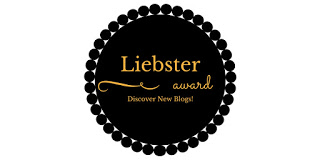When I conducting
research, I usually write by hand. For me, it’s more convenient to curl up on a
sofa to read and write in a notebook. Sometime I also try out phrases or
variations of the narrative as I happen upon some research that tickles my
fancy. I usually play around with the structure of the story by longhand,
especially when writing nonfiction.
I usually transfer the
notes to a computer file. I’m less likely to lose it if it’s stored in
cyberspace rather than in my house or car. Whether I write with a computer or
on paper is really about convenience more than anything, the practical element.
I always keep a notebook handy so if I’m traveling, I can jot down an idea
while I’m out and about.
My drafts are done
almost entirely on a computer. The beginning of a manuscript undergoes so many
starts and insertions, I can keep my train of thought better by using a
keyboard where the changes can be made quickly with the delete key or cutting
and pasting to rearrange text. I print the drafts and
revise on written copy. It’s easier for me to catch mistakes if I’m reading ink
as opposed to a computer screen.
The best way to write is
to figure out what works for you and follow your own path.
Call for Submissions for Young Writers:
One Teen Story. A monthly publication from the
editors of One Story. This publication features teen writers and is
available in print as well as via Kindle and other e-reading devices.
Call for Submissions for Adult Writers:
Boy’s Life. A general-interest, four color monthly, circulation 1.3
million for boys 8+ published by the Boy Scouts of America since 1911. Buys
first-time rights for original, unpublished material. Fiction runs 1,000 to
1,500 words. Payment is $750+. All stories feature a boy or boys. Uses humor,
mystery, science fiction and adventure.
Submission guidelines at http://boyslife.org/contact-us/readers-page/
